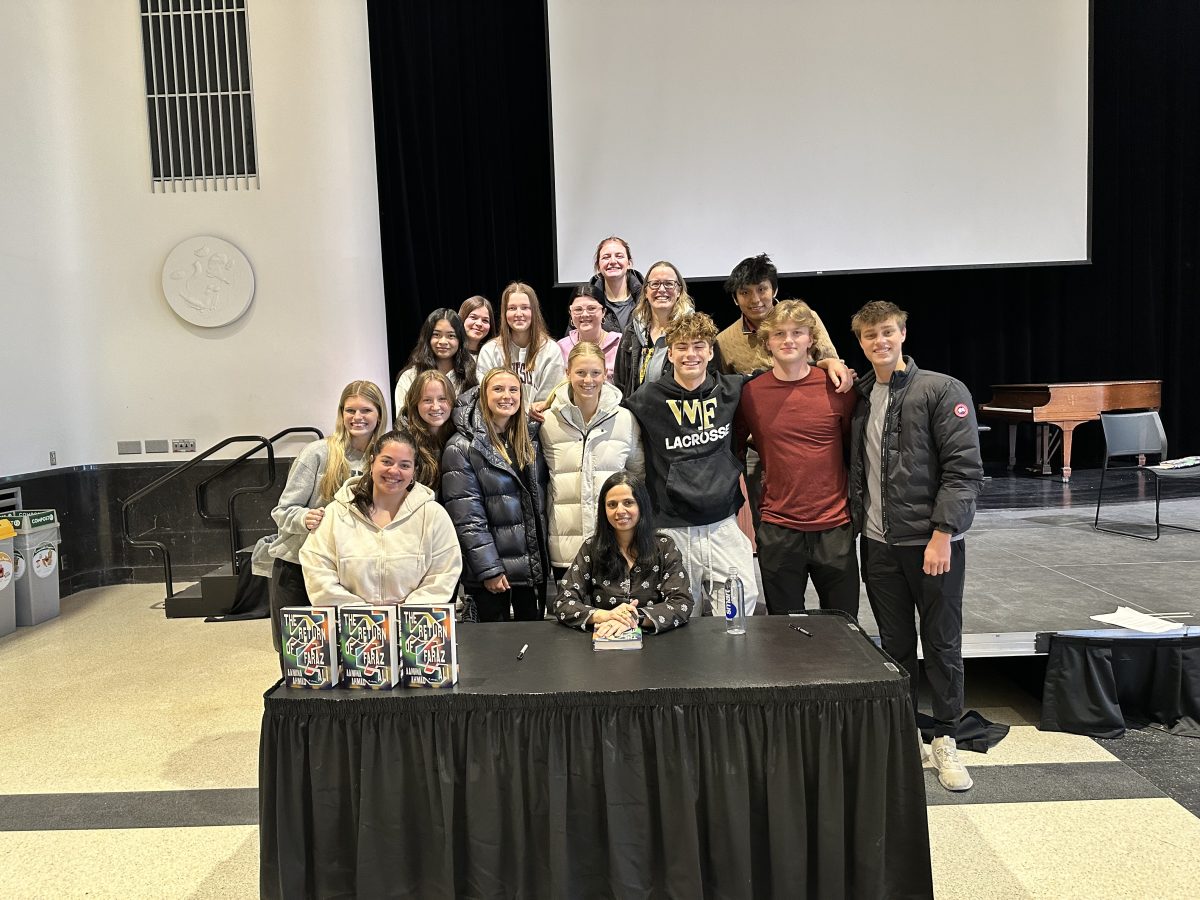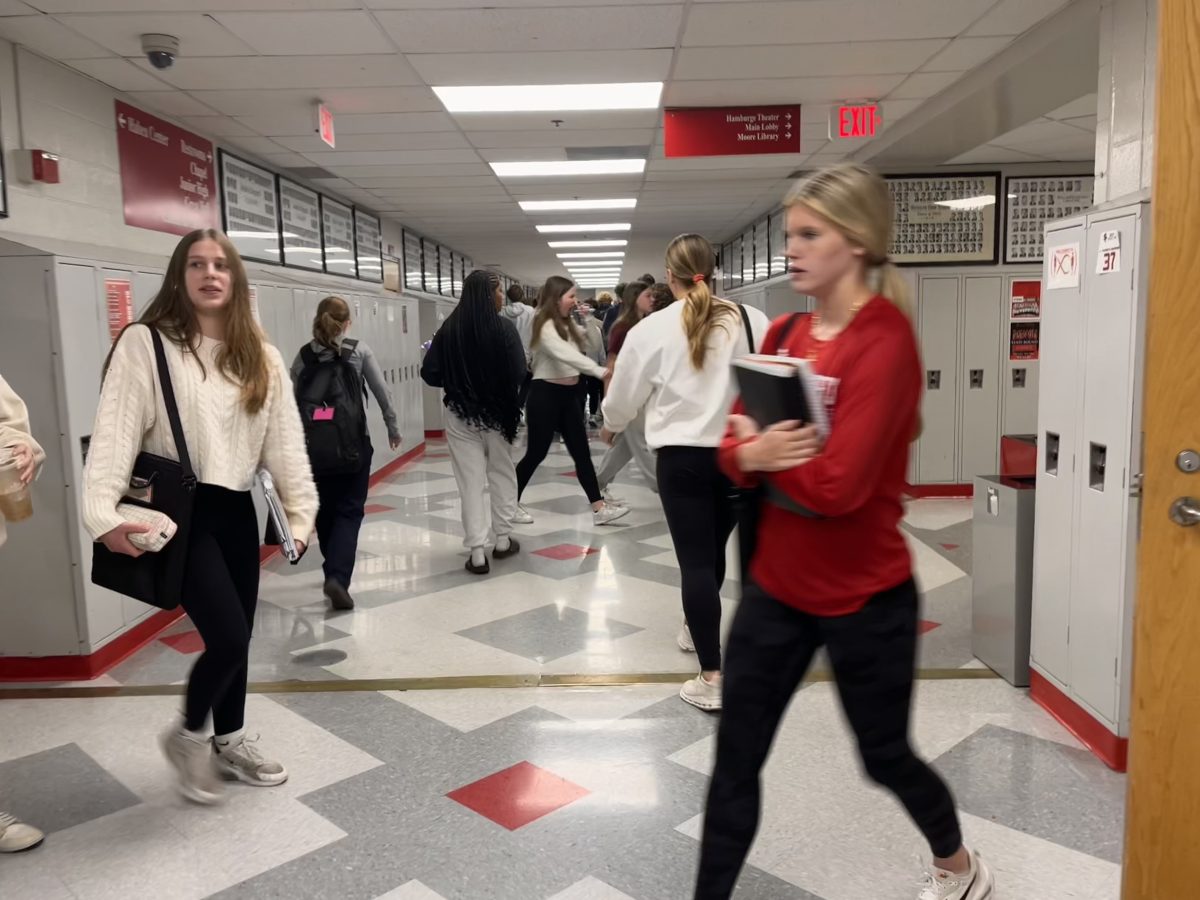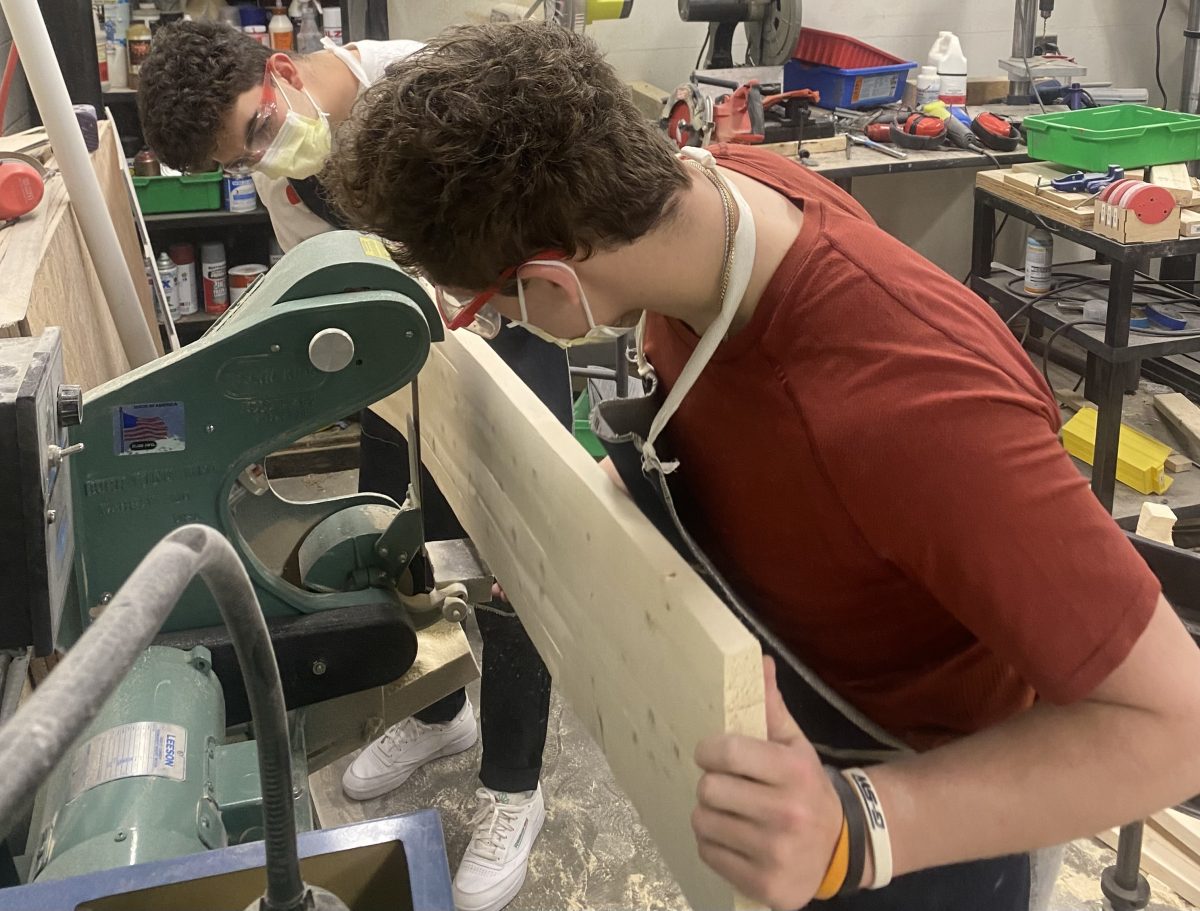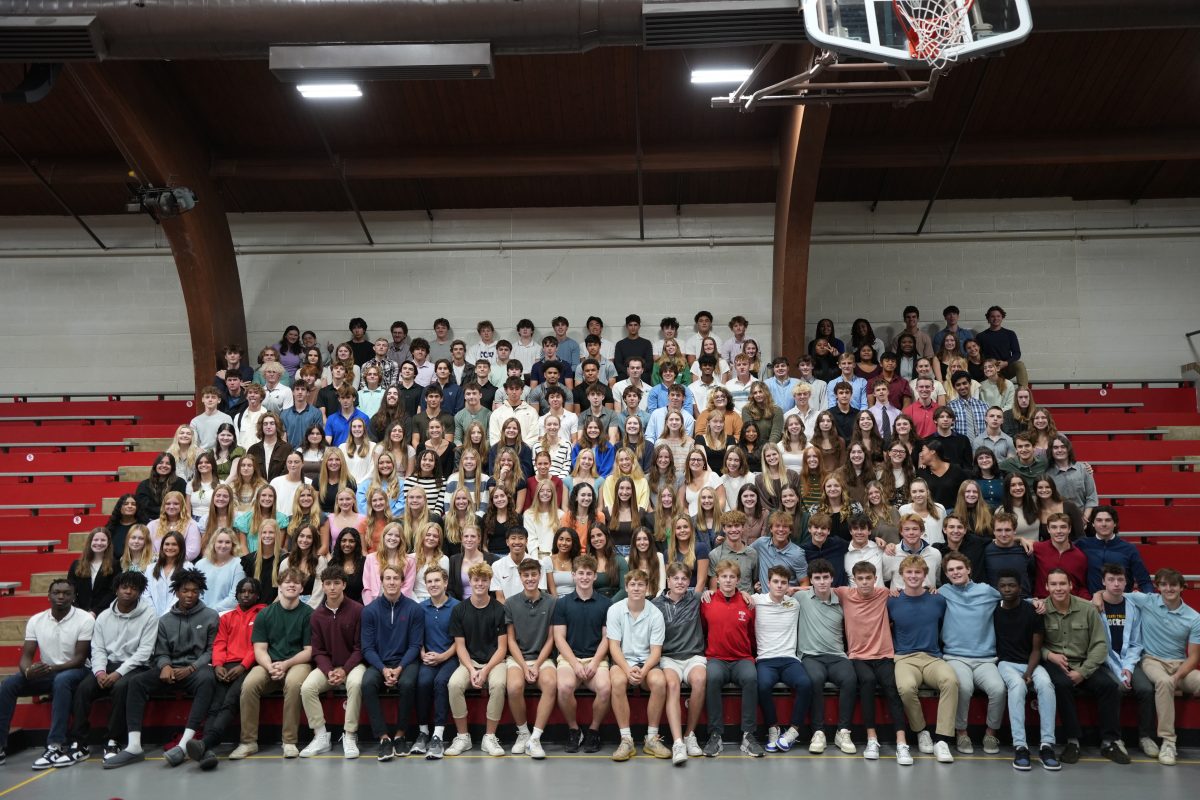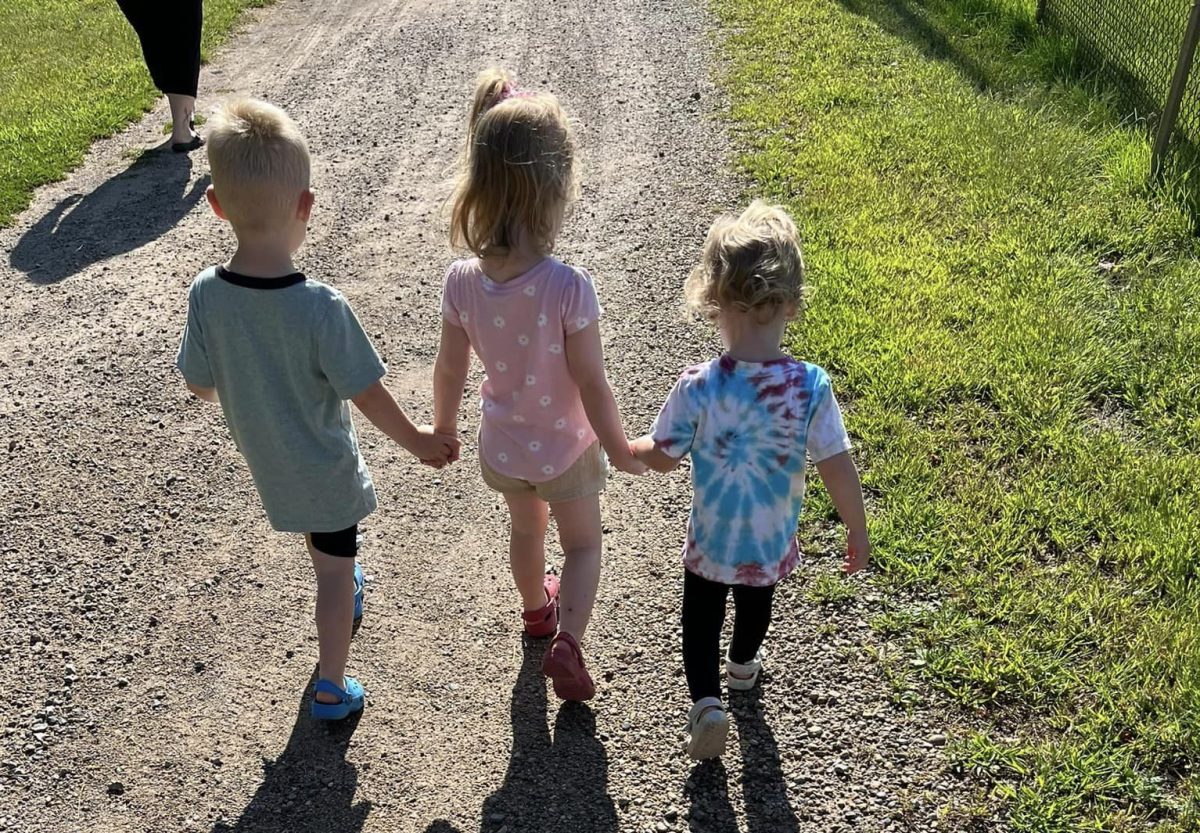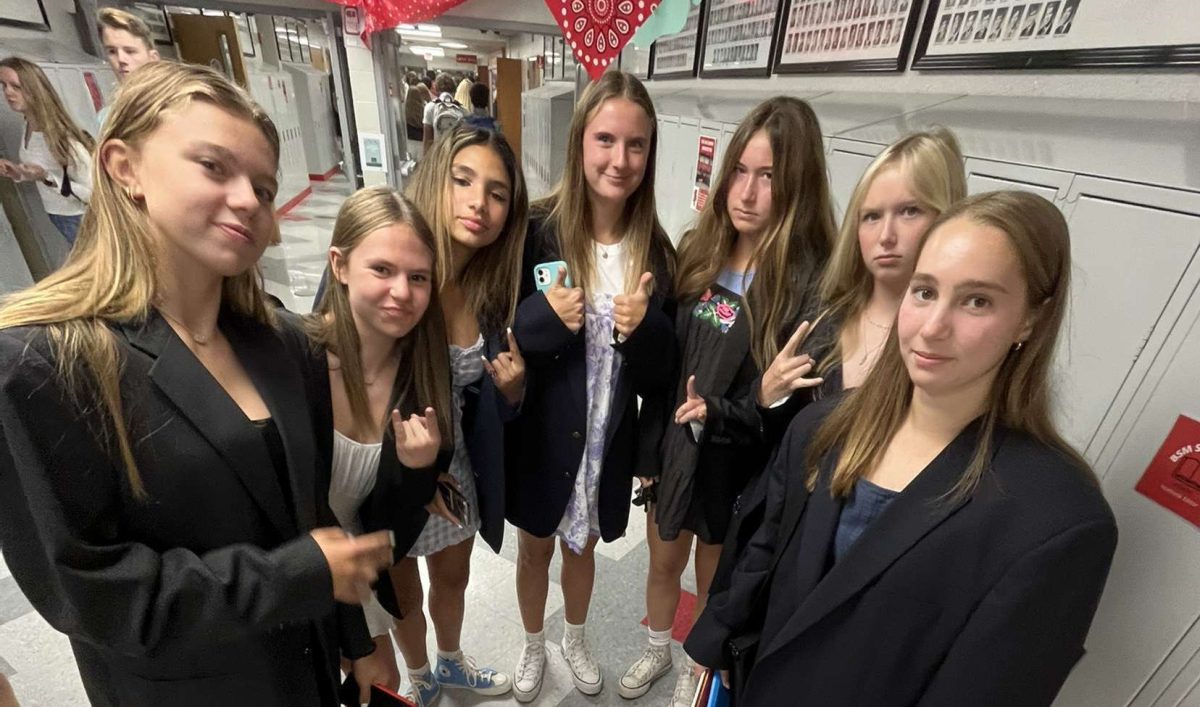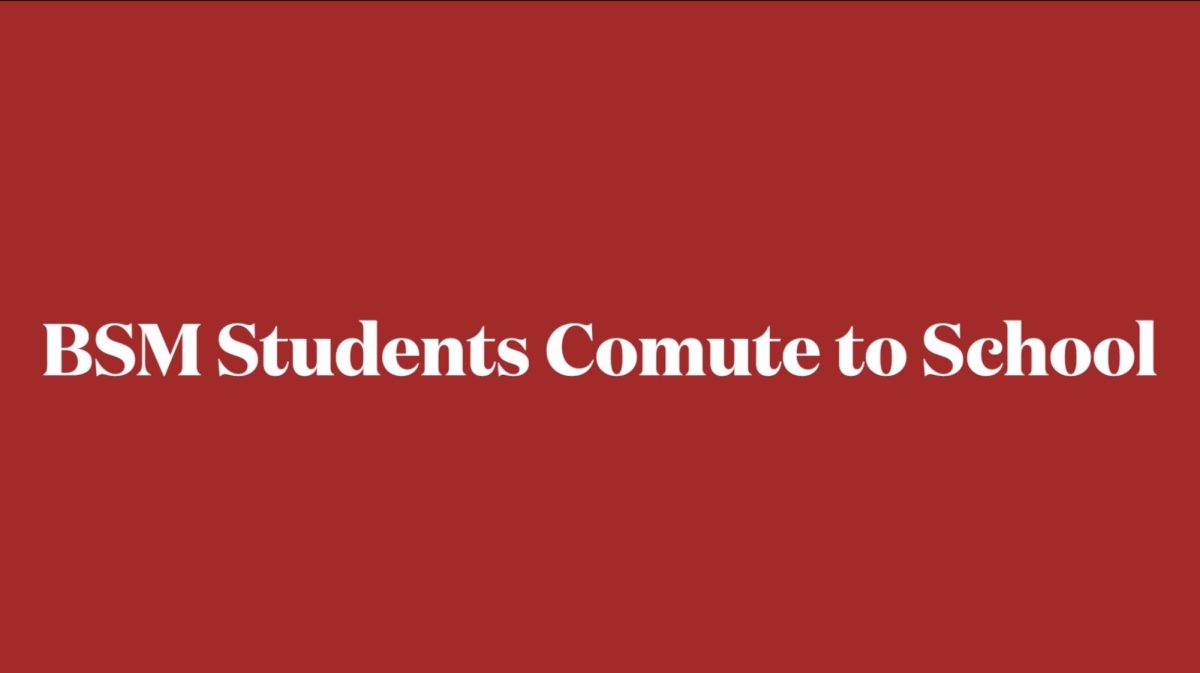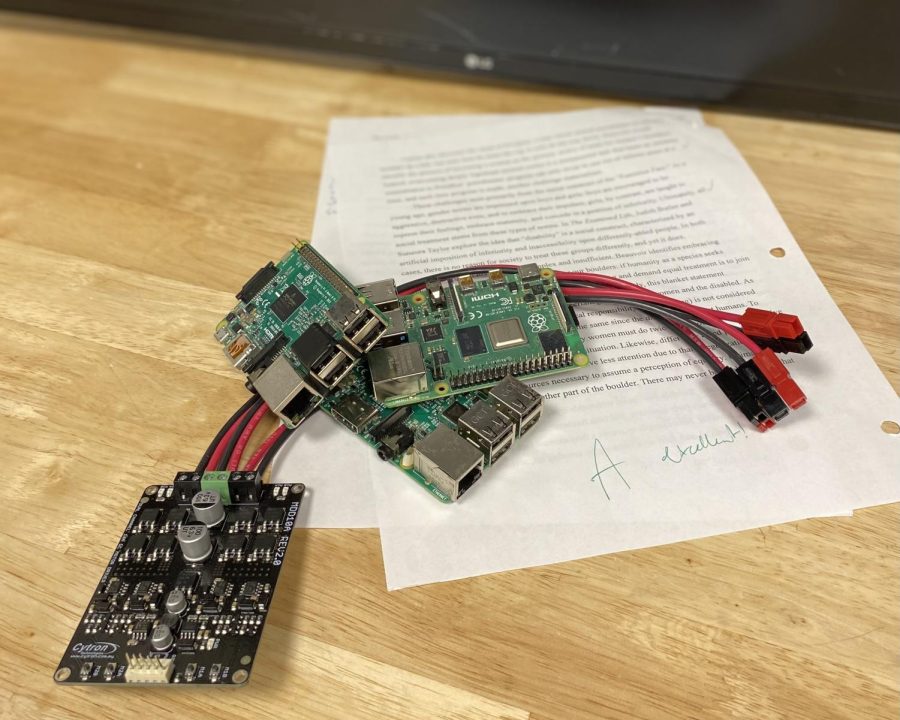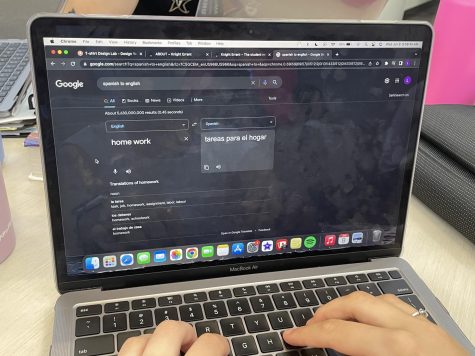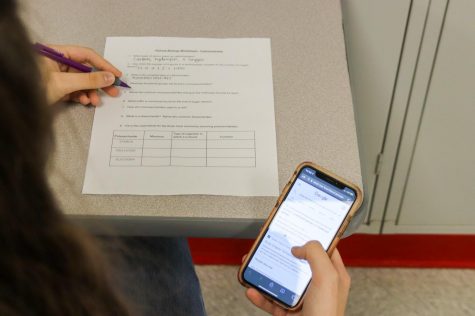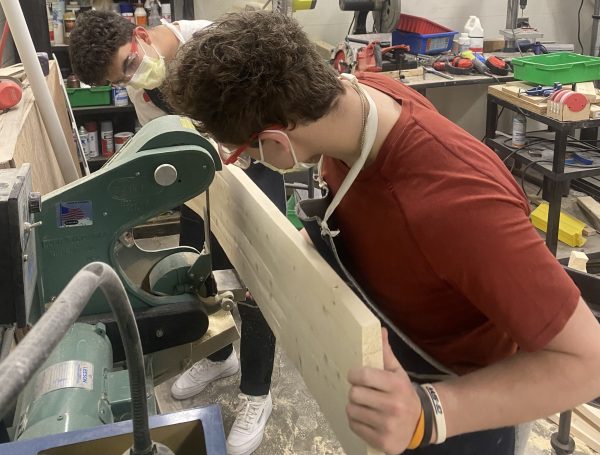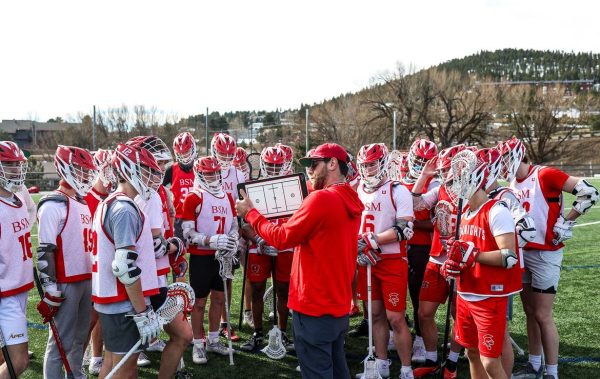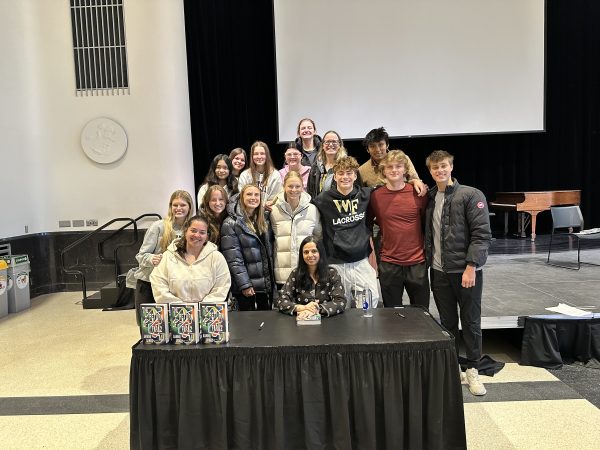ChatGPT Raises Ethical Concerns
If you could cheat without getting caught, would you do it? With the advent of ChatGPT, this dilemma is no longer hypothetical.
Open AI’s new software ChatGPT responds to almost any prompt with remarkably convincing answers that are hard to distinguish from student work. It can write college essays, write code, answer historical prompts, and even hold a conversation. The new software raises many questions about plagiarism and the future of education. How will teachers ensure students turn in authentic work? How is ChatGPT different from other academic tools, like a calculator or spellcheck? Will students no longer need to learn how to write?
BSM biomedical science teacher Mark Peterson experimented with the software by asking ChatGPT to answer questions he normally assigns his AP Biomedical Research students. The program’s answers were well written and almost indistinguishable from typical student work. When asked whether animals should be used for biomedical research, the software responded:
The use of animals in biomedical research has long been a controversial issue. While some people believe that it is necessary for scientific progress and the development of new treatments for diseases, others argue that it is unethical to use animals in this way. Ultimately, the decision about whether to use animals in biomedical research is a complex one that involves weighing the potential benefits against the ethical considerations.
Like Mr. Peterson, many students have already worked with ChatGPT. “I found out about ChatGPT a few weeks ago and it seemed like everyone was starting to do it. So I typed in my prompt…it was really easy for me to take that information and edit it…I was not detected, and it came up 100% plagiarism free,” a senior boy said.
The software can also be used in STEM classes, especially in writing code. “I’ve used it for coding because it writes a perfect script and you can give the command to write the script according to a certain [language],” a second senior boy said.
In some cases, ChatGPT can even solve math problems. “Once, I put in a whole math worksheet in… It actually answered the whole thing perfectly…all of it was undetectable,” an AP Statistics student said.
Teachers were surprised at how quickly students learned about the software. “I’ll be honest, I thought there’d be a little bit more time before we saw students taking advantage of it, but I want to say within a week or two [they used it],” social studies department chair Cherie Vroman said.
To prevent students from using AI on take-home assignments, teachers are changing their class structures to include more in-class and handwritten work. “I want to start relying more on the analog, non-digital approach, back to handwritten tests and handwritten responses to writing prompts,” AP Language and Composition teacher Keanan Faruq said.
The English department is also adding more personal essay prompts, so students can’t turn in plagiarized work. It’s more difficult for AI software to answer questions about a particular student’s life because that information isn’t available on the internet.
“When it comes to take home essays, really writing prompts that are far more personal and don’t rely on a computer program’s ability to go through old articles or texts and things like that,” Faruq said.
Even in non-English classes, teachers have to re-think assignments or projects that require online writing. “My end of year projects are another story. I’m already trying to rethink whether we’re going to be able to do it, which is unfortunate,” Vroman said.
We need to think [about] education as a whole and these questions because the ethical piece is pretty consequential…we the academic community need to come up with some answers to this,
— Cherie Vroman
Nationwide, ChatGPT raises alarms about college essays and other written supplements that could be easily written by an AI software. Colleges have little to no way to check for plagiarism in students’ essays, especially with thousands of applicants every year. Writers at Forbes spent twenty minutes asking the software to generate answers to real college essay prompts, and ChatGPT’s answers resembled real student work. If colleges can’t rely on authentic essays, will they have to change their admissions process?
“I think the interesting question would be long term, so many schools have gone test optional, so are we going to see that [policy] stay with [ChatGPT]?” Vroman said.
Softwares designed to detect ChatGPT are already in development. GPTZero, designed by a college student at Princeton, is supposed to flag work that is written by AI. However, it hasn’t been completely successful. “[One teacher] had some stuff that was written by [AI] and [GPTZero] was not catching it,” Vroman said.
Beyond everyday classroom changes, ChatGPT could radically shift the purpose of education. For years, teachers have focused on writing as a way for students to analyze ideas and demonstrate understanding in many subjects. It’s an essential skill for almost all professions, but will it always be?
“We need to think [about] education as a whole and these questions because the ethical piece is pretty consequential…we the academic community need to come up with some answers to this,” Vroman said.
What happens if students are no longer learning to write? “There’s more to learning to write than just ‘how well can I communicate my ideas?’ It’s a way to learn and connect ideas and critically think. If that’s what we want students to do, I don’t think it’s going to be ok to use [ChatGPT],” Vroman said.
Despite its many concerns, ChatGPT may be an opportunity to change education for the better. “[ChatGPT is] a reminder that as educators, we need to be less focused on teaching content and more focus on teaching students….what we want to be developing more than anything else [is] or critical thinking skills, and we can do that outside of books, outside of theories, outside of formulas,” Faruq said.
[ChatGPT is] a reminder that as educators, we need to be less focused on teaching content and more focus on teaching students,
— Keanan Faruq
It can be used as a positive tool in the classroom to teach students about writing. For example, Faruq is sending students to the ChatGPT website to analyze ideas from the computer. “I already have ideas for second semester lesson plans that incorporate ChatGPT, and asking students to ‘hey, go on to ChatGPT, plug in this writing prompt, plug in this other writing prompt and…now analyze the ideas from the computer,” Faruq said.
For nonnative English speakers and students with learning disabilities, AI can remove grammatical errors and smooth out writing. ChatGPT can also polish student writing and make it sound more professional. “I think it could help students who are not particularly strong writers get better…it could be a tool used for equity,” Peterson said.
Until these softwares become more accurate, BSM’s administration blocked the ChatGPT site on all school laptops. However, they hope to unblock the site in the future to take advantage of these potential benefits.
“The decision to block ChatGPT was made originally because of the the issues many of our teachers are having with academic integrity…Ultimately, it’s going to start being embedded in to all the software we use…so I’m hoping in the near future we’ll be able to unblock it and actually use it in classes,” Director of Technology Erin Offredahl said.
ChatGPT poses ethical dilemmas far beyond cheating. Functions that were once exclusively human–writing, communicating, creating–can now be performed by machines. It raises fundamental questions about what it means to be human. If we allow machines to perform these functions, how much of ourselves do we lose in the process?


